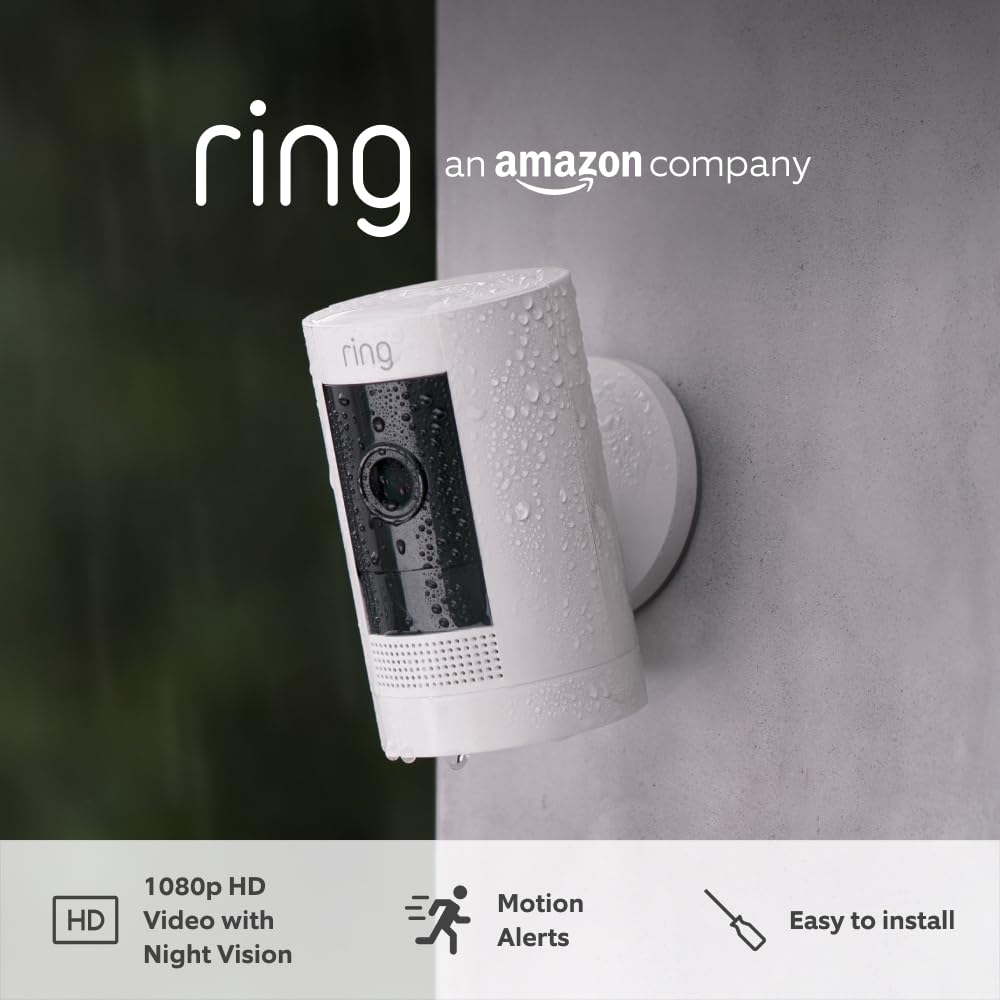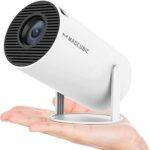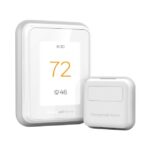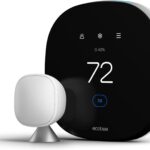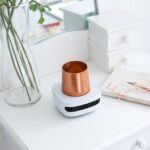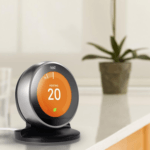Upgrading your living space with smart tech can make daily routines smoother, and a smart home system can handle everything from lights to locks with just a tap or a voice command. Picking the right setup isn’t always obvious with so many brands and bundles out there. I’m here to break down the world of smart home systems, share reviews from my own experience, and help you decide which setup will fit your lifestyle best.

What Makes a Good Smart Home System?
Smart home systems connect gadgets like thermostats, security cameras, and speakers under one platform, making smart tech easy to use, powerful, and actually practical. Not every system offers the same features, and some work better with certain devices or phones. Getting the right mix of compatibility, reliability, and usability means paying attention to a few core ideas:
- Device Support: Works well with a variety of brands and products (think bulbs, plugs, sensors).
- Userfriendly App: App should be simple with clear controls.
- Voice Assistant Integration: Plays nicely with Alexa, Google Assistant, or Siri.
- Automation Features: Lets you set up routines (like lights turning on at sunset).
- Security: Offers strong encryption and easy monitoring for peace of mind.
Trending Smart Home Systems in 2024
The last couple of years brought a lot of improvements. The best smart home systems today don’t “lock you in” to one brand. Instead, they focus on compatibility and flexibility. Here are my picks, each with a distinct strength:
- Amazon Alexa Smart Home Ecosystem: Best if you prefer voice control and Alexa speakers. Strong with third-party gadgets and routines.
- Google Home/Google Nest: Best for Android users. Quick setup and smooth integration with Google apps, plus it handles routines and reminders effortlessly.
- Apple HomeKit: Best if your devices are all Apple (iPhone, iPad, Mac). Super private and secure, with a polished user experience.
- Samsung SmartThings: Best if you want one app for everything, including Zigbee and Zwave gadgets. It’s a powerhouse for automation and monitoring.
- Home Assistant (Open Source): Perfect for those who like to tinker and customize. Loads of integrations, but setup can take a bit more patience and tech knowhow.
Getting Started: Setting Up Your First Smart Home System
Jumping into smart home tech can feel a little overwhelming. I recommend starting with one hub or speaker (like an Echo or Nest Hub) and expanding over time:
- Pick Your Platform: Choose Alexa, Google Home, HomeKit, or SmartThings based on your phone, speaker, or personal preference.
- Add Key Devices First: Install a smart bulb or plug, and use the app or voice assistant to control it. This gives you the hang of how automation works in real life.
- Gradually Expand: Add more gadgets as you get comfortable, maybe a smart lock, camera, or thermostat. Each one adds to what your system can handle.
Stick to products labeled “Works with Alexa,” “Works with Google Home,” or “Works with Apple HomeKit” to avoid any compatibility headaches. Always check for updates in the app for security improvements or new features.
Pros and Cons of the Most Popular Smart Home Systems
Amazon Alexa
- Pros: Huge range of supported devices, affordable smart speakers, strong routine options, easy to expand.
- Cons: Privacy worries for some; app can get busy once you add a lot of devices.
Google Home / Google Nest
- Pros: Smooth voice recognition, intuitive scheduling, excellent integration with Google Maps, Calendar, and Chromecast.
- Cons: Not as many brand partnerships as Alexa. Fewer advanced automation features.
Apple HomeKit
- Pros: Top-level privacy, sleek controls on iOS, native integration with Apple devices, secure remote access through HomePod or Apple TV.
- Cons: Higher prices, smaller selection of compatible gadgets compared to Alexa/Google; only for Apple ecosystem.
Samsung SmartThings
- Pros: Supports tons of brands, works with Zigbee and Zwave, automations can get really detailed, works well for security monitoring.
- Cons: App has a learning curve. Routine setup can be confusing for newcomers.
Home Assistant
- Pros: Super customizable, can connect almost anything, open source and constantly updated by the community.
- Cons: Needs a lot of DIY effort. More for tech-savvy users. Not as “plug and play” as the other options.
Common Roadblocks and How to Handle Them
- WiFi Hot Spots: Smart devices rely on a strong network. Mesh routers or WiFi extenders can help fill in weak signal areas.
- Complicated Apps: Some control apps feel cluttered, especially once you’ve added a bunch of devices. Grouping gadgets into rooms or routines keeps things simple and manageable.
- Compatibility Issues: Always double-check device packaging or manufacturer websites to ensure it’ll work with your hub or app before buying.
- Security Risks: Change default passwords, enable two-factor authentication, and install updates regularly.
Smart Home Features You’ll Actually Use
- Voice Control: Ask Alexa or Google to turn off the lights, adjust the thermostat, or lock the door. Super handy when your hands are full.
- Automated Routines: Wake up to lights and coffee in the morning, or set all devices to “away mode” with a single command.
- Energy Monitoring: See realtime energy use and find easy ways to save on bills.
- Remote Access: Check who rang the doorbell or adjust the thermostat from anywhere through your phone.
- Notifications and Alerts: Get a ping if your security camera spots something or your smoke detector senses an issue.
Cool Smart Home Devices to Add
- Smart Plugs: Affordable and easy for turning lamps and fans into voicecontrolled gadgets.
- Smart Lights: Set mood lighting, sync with music, or automate for security when you’re away.
- Doorbell Cameras: See and talk to visitors from your phone; really useful for deliveries.
- Thermostats: Control temperature remotely and automate heating or cooling schedules for comfort and savings.
- Smart Locks: Let in guests without spare keys and check your door status from anywhere.
Extra Tips to Get More Out of Your Smart Home Setup
If you want to get more than just basic automation from your smart home, here’s a few suggestions that can make your experience even smoother:
- Schedule different lighting scenes—like reading mode, movie mode, or party mode—using your smart lights for every mood.
- Use voice assistants to broadcast announcements across all rooms, helpful for families or roommates.
- Set up routines for tasks you often forget, such as locking the door at night or switching off all lights before leaving home.
- Integrate your smart gadgets with IFTTT (If This Then That) for even more custom actions.
- Regularly review privacy settings to make sure your data stays secure as you add more devices.
Smart Home FAQ
What’s the safest way to start your smart home?
Start with one ecosystem and one device, like a smart plug. Build up slowly. This way, you learn what features matter before investing in more gear.
Will smart home devices work if my WiFi goes out?
Most depend on WiFi or Bluetooth to work. Some smart locks and sensors have offline features or battery backups, but expect limited control during internet outages.
How do I know if a device is compatible?
Always check the packaging for “Works with” badges (Alexa, Google, Apple HomeKit, etc.). Manufacturer websites also highlight supported systems and apps.
Can I mix and match smart devices from different brands?
Usually, yes, if they’re compatible with your chosen hub or app. Sticking with widely supported options keeps things cohesive.
Wrapping Up: Getting the Most from Your Smart Home Upgrade
A well-chosen smart home system saves time, builds in security, and even helps cut down bills through smarter energy use. There’s always room to tailor things as new gadgets or platforms come out, so stay open to tweaks or upgrades down the line. Smart tech doesn’t need to be intimidating. Take it step by step, and it can quickly become one of the next-level cool conveniences in your everyday routine.
If you ever get stuck, online user forums and help articles (like those on Smart Home Beginner or the official support pages for Alexa or Google Home) usually have tips or troubleshooting guides that come in handy.
